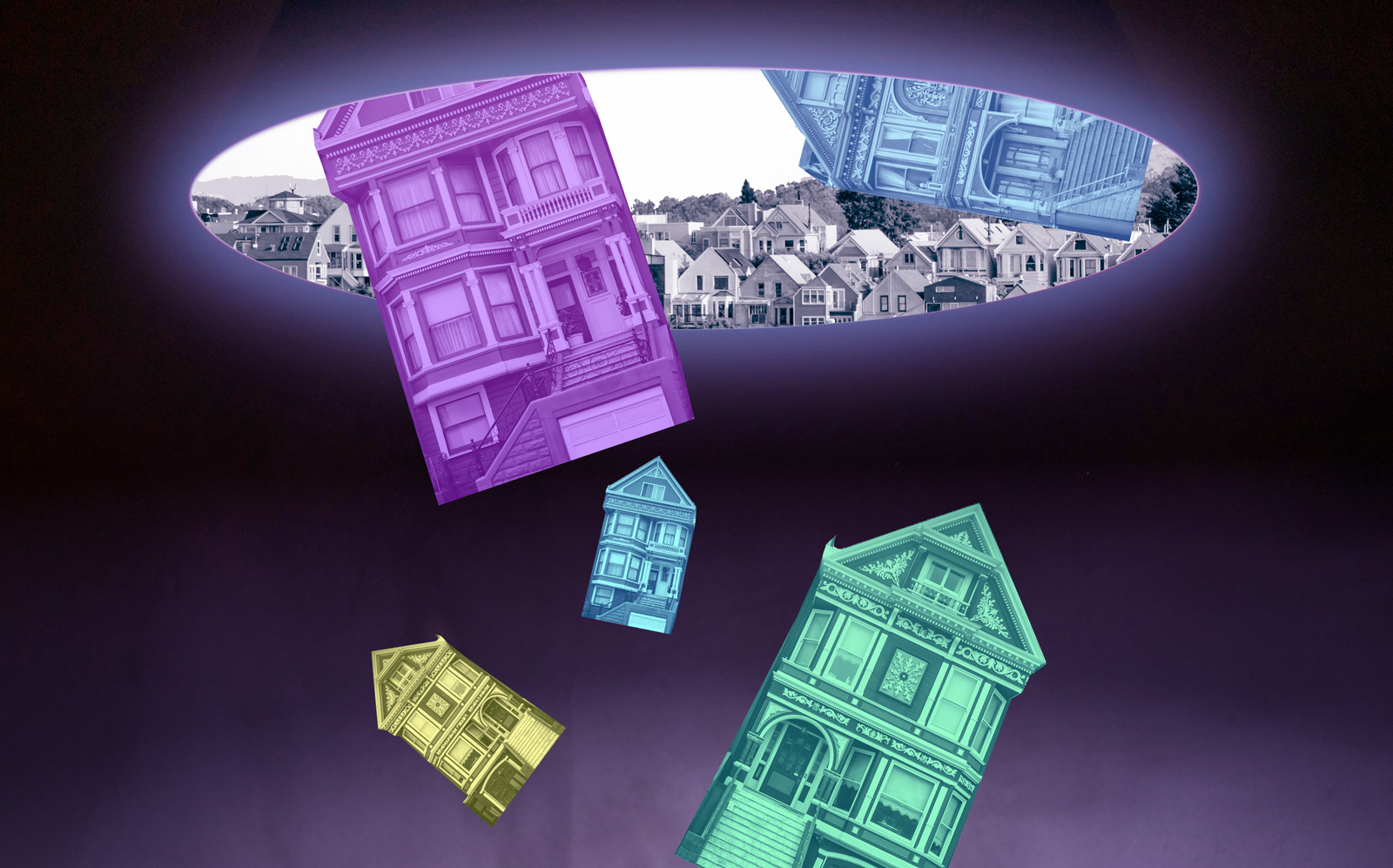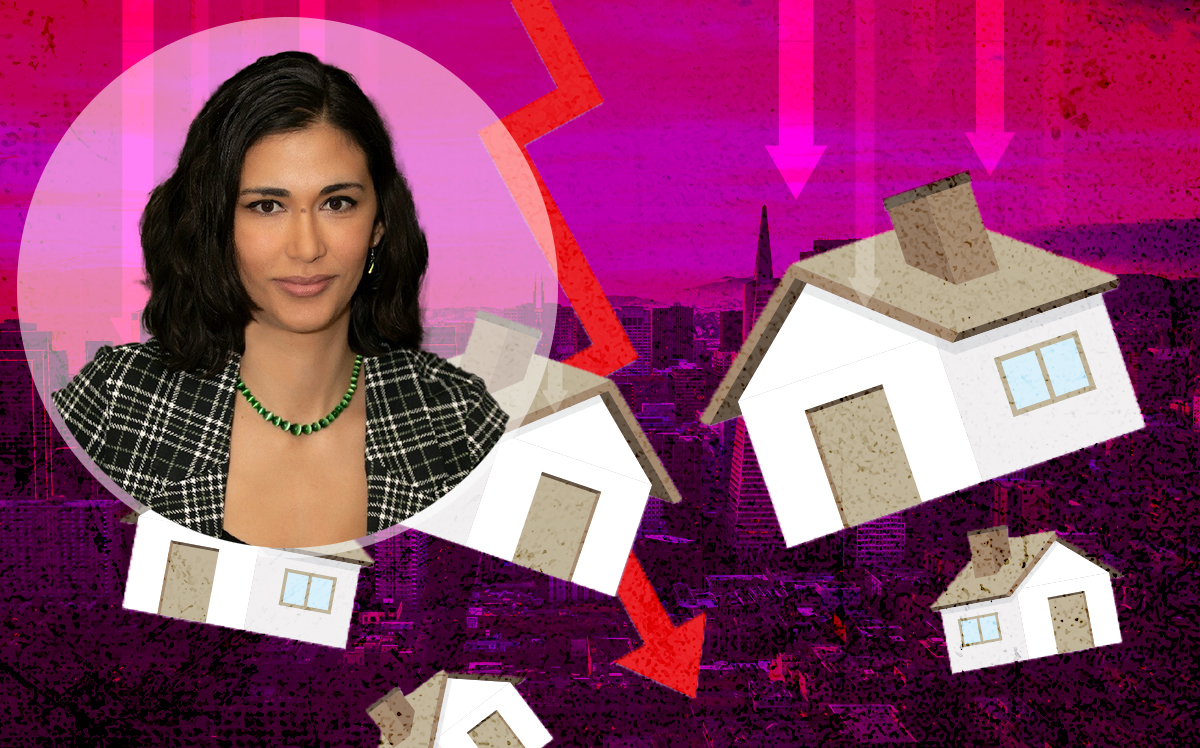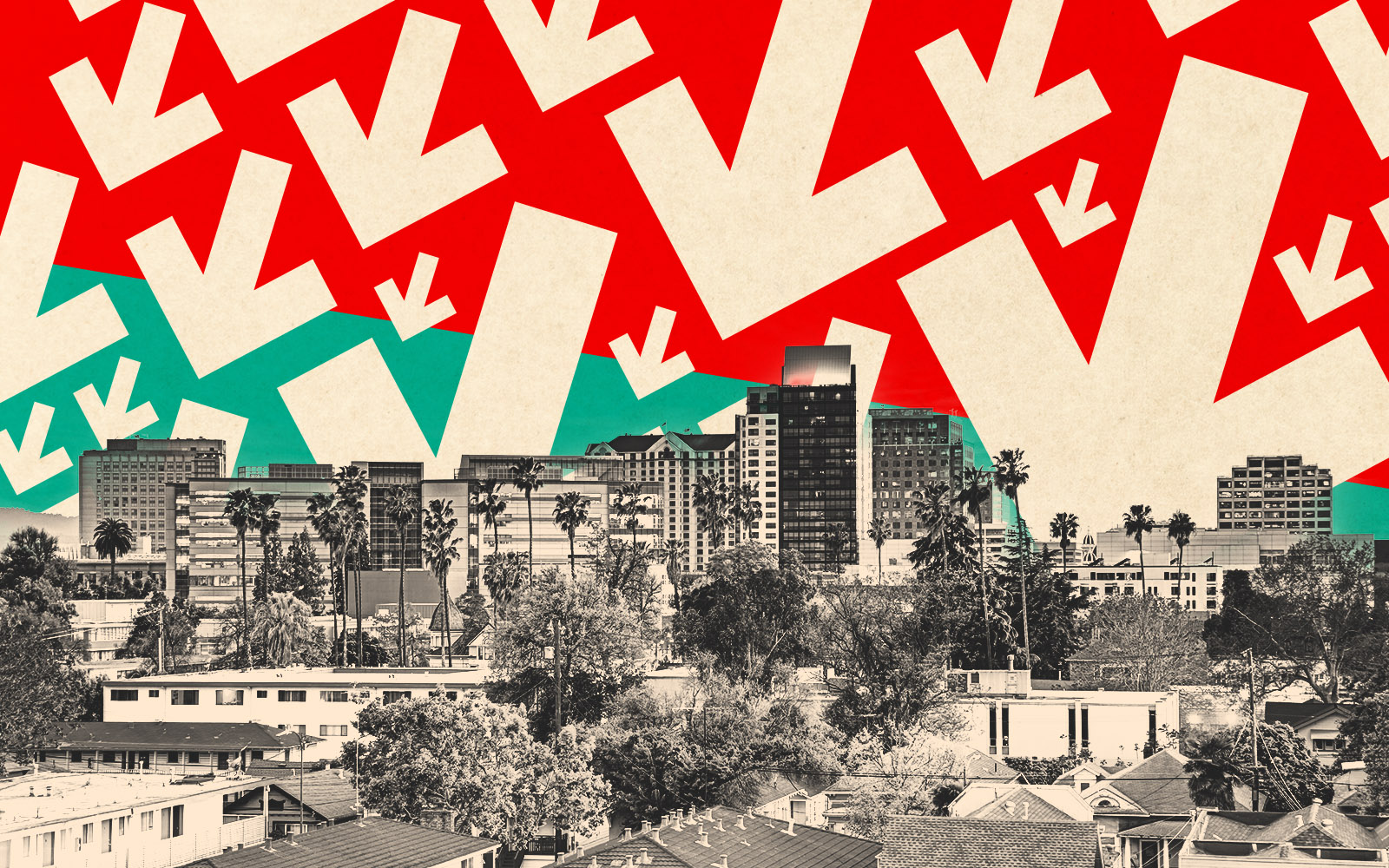A decline in home prices in Greater San Francisco may have tapped the brakes.
Zillow now predicts home values in San Francisco metro areas will likely fall 2.7 percent in the next year, compared with a 3.6 percent decline it forecast in December, the San Francisco Chronicle reported.
The 2.7 percent predicted price drop is still the greatest of any major metro across the U.S., according to the real estate listing website.
The downgraded decline comes even as tech layoffs continue and during the collapse of Silicon Valley Bank and a crisis at San Francisco-based First Republic, one of the biggest local providers of mortgages.
The adjustment also comes as buyer demand begins to rebound after hitting near-historic lows late last year, Patrick Carlisle, chief market analyst for the real estate firm Compass, told the Chronicle.
“We will know much more once the spring selling season, typically the most active of the year, really gets underway,” he said. “But the demand that was repressed by the economic conditions of the second half of 2022 didn’t go away — it built up — and appears to be bursting forth again.”
Carlisle said home price changes are difficult to predict, especially “in a world as volatile as ours.”
Buyer demand has been high the past six months, shooting up since the end of the year, and has remained high despite the banking crises that erupted a couple of weeks ago, according to Compass data through March 19.
“Considering that interest rates have been dropping in response to the local and national banking crisis, that will probably fuel buyer demand going forward, if the pattern holds,” Carlisle told the newspaper.
Affordability is the top challenge facing the housing market, holding down price growth in expensive cities like San Francisco, said Orphe Divounguy, senior economist at Zillow. Potential buyers face much higher monthly mortgage payments because of interest rate hikes over the past year.
The projected home price decline in the San Francisco metro area remains the largest among the top 20 metros in the country, according to Zillow. Los Angeles will likely have a 2.2 percent drop over the next year, while New York is looking at a decrease of 0.8 percent.
Overall home prices in the U.S. are expected to go up by 1 percent, with the Tampa metro area forecast to have the biggest increase among large markets at 2.3 percent.
The most expensive markets are seeing a disproportionately larger cooldown in housing demand, more rapid inventory buildups and higher home value declines when compared to relatively more affordable markets around the country, Divounguy said.
The typical mortgage payment in the Bay Area increased 31 percent over the past year, largely due to mortgage rates nearly doubling, which put home buying out of reach for many, Divounguy added.
However, a decrease in the number of homes coming on the market helped offset price declines resulting from cooling demand.
“New listings in the San Francisco metro are down nearly 42 percent year-over-year,” Divounguy said. “As a result, for-sale inventory is still 15 percent below where it was before the pandemic, in February 2020.”
A Compass report put the January median home price in San Francisco at $1.5 million, while the peak early last summer was just over $2 million. For Santa Clara County, which includes San Jose, another Compass report put the January median price at $1.5 million, compared to about $1.85 million during the peak last year.
— Dana Bartholomew
Read more



